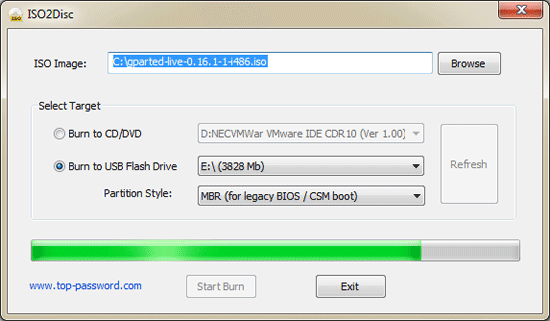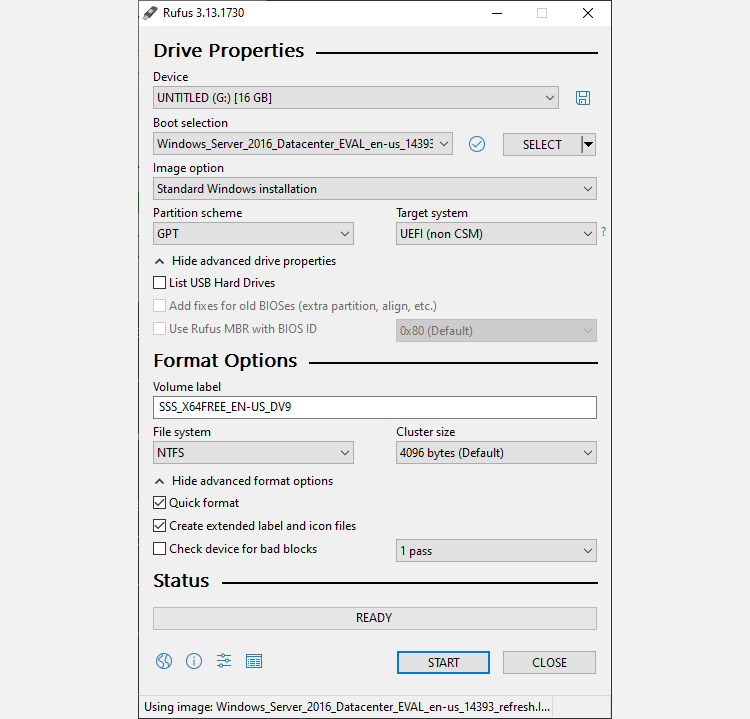

Apart from storing and backing up large amounts of data, ISO files are also extracted and booted from USB drives to be transferred to new devices. While ISO files used to be burned to CDs and DVDs, in today’s modern practice, they are more frequently burned to USB drives. That’s why large programs, video games, and operating systems are usually duplicated as ISO files. Therefore, it’s best to view ISO files as smaller versions of original files. How to Burn ISO to a USB Device?Īn ISO file, or an ISO image, is used to create an archived copy of large sets of data, which is stored for backup purposes.

We will also go through the process of booting and extracting ISO files to new devices. Burn IMG to USB, write ISO to USB, read IMG from USB, create backups of your data, clone USB, restore your flash drive and much more.In this guide, we will show you how to burn ISO files to a USB drive for different operating systems. With the help of the Win32 disk imaging tool, you are able to read or write raw files to and from your USB device.


Click the folder icon, then browse to and select your.If the file is of a bootable hybrid image, the resulting cloned drive will boot from the image as well.ĭownload install and start Win32 Disk Imager (Run as Administrator) Writing an ISO to USB using Win32 Disk Imager You can use Win32 Disk Imager to Write an ISO to USB or burn an IMG to USB. Win32 Project Page Writing an ISO to USB Drive However, in some cases this can be fixed by extending or growing the filesystem into the unallocated space. When using this software, you should also be aware that the new disk capacity is set to the source file filesystem size. This tool works great for making clones of hard disk images, CD-ROM ISO files, or even exported virtual hard drives. If you need to, you can easily restore a USB flash drive to its original state after using this type of tool.


 0 kommentar(er)
0 kommentar(er)
